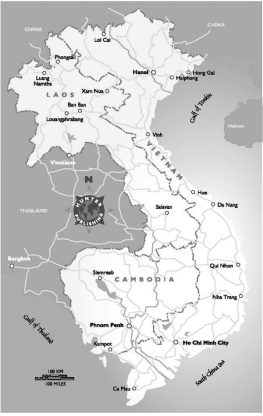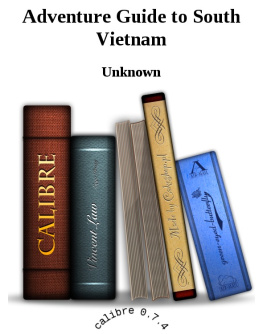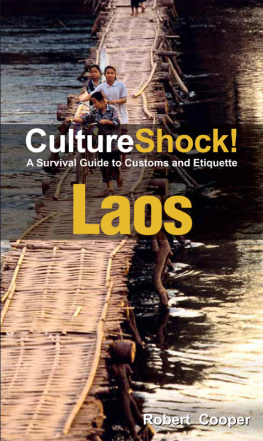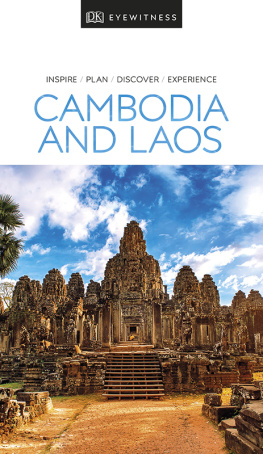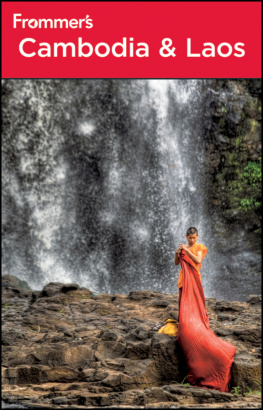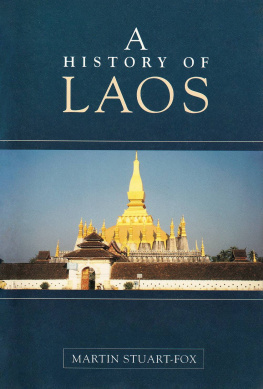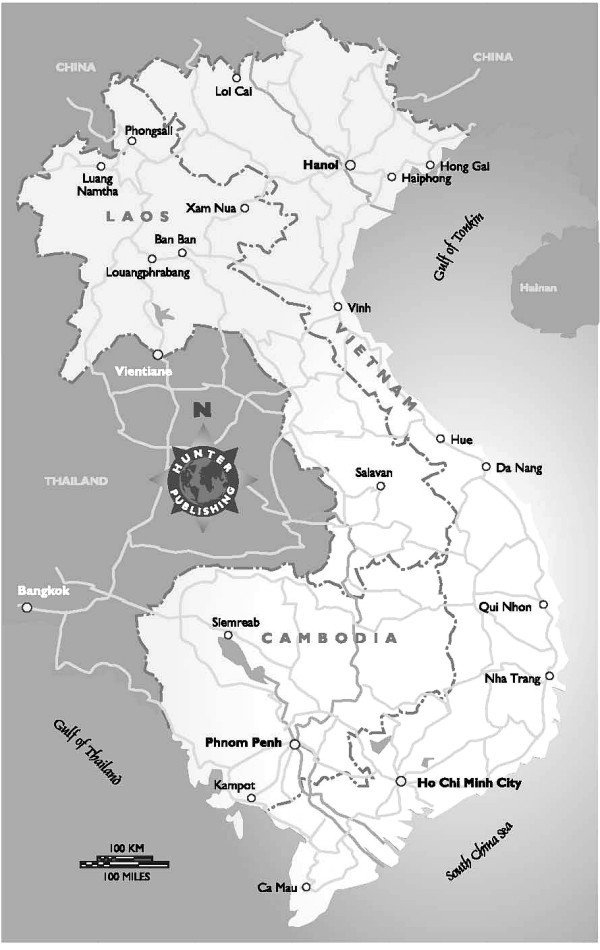Janet Arrowood - Laos: Another World
Here you can read online Janet Arrowood - Laos: Another World full text of the book (entire story) in english for free. Download pdf and epub, get meaning, cover and reviews about this ebook. year: 2014, publisher: Hunter Publishing, Inc., genre: Home and family. Description of the work, (preface) as well as reviews are available. Best literature library LitArk.com created for fans of good reading and offers a wide selection of genres:
Romance novel
Science fiction
Adventure
Detective
Science
History
Home and family
Prose
Art
Politics
Computer
Non-fiction
Religion
Business
Children
Humor
Choose a favorite category and find really read worthwhile books. Enjoy immersion in the world of imagination, feel the emotions of the characters or learn something new for yourself, make an fascinating discovery.
- Book:Laos: Another World
- Author:
- Publisher:Hunter Publishing, Inc.
- Genre:
- Year:2014
- Rating:4 / 5
- Favourites:Add to favourites
- Your mark:
Laos: Another World: summary, description and annotation
We offer to read an annotation, description, summary or preface (depends on what the author of the book "Laos: Another World" wrote himself). If you haven't found the necessary information about the book — write in the comments, we will try to find it.
The Lao Peoples Democratic Republic (PDR) is one of those almost-undiscovered travel destinations that is too quickly becoming a stop on the main tourist trail. Its a land of incredible contrasts - beautiful scenery, raging rivers, poor infrastructure, great food, fabulous UNESCO world heritage sites, and incredibly poor people. The country is slowly awakening to the possibilities of adventure and eco-tourism, but there is still a long way to go. Still, Laos is a country not to be missed. You can see waterfalls that pass more water than Niagara Falls (in the rainy season), cycle around islands in the Mekong where life is almost unchanged from 50-100 years ago, visit hundreds of Buddhist temples and thousands of saffron-robed monks, trek into the hill tribe areas and ride elephants, kayak in the many rivers, visit former royal palaces that are now living history museums, and so much more. There are no true beaches - Laos is a landlocked country - but there are miles of rivers that are as big as lakes after the rains fall. For some reason, Laos still seems to be off the radar screen for many travelers. It arguably offers some of the best cultural immersion possibilities with the least outside influence in all of Asia. Laos is officially landlocked, but with the Mekong River running virtually the entire length of the country, theres no shortage of water access. You can float, or ride a power boat from the far north to Vientiane (and beyond) if the water is high enough. The sunsets over the river are nothing short of spectacular. Luang Prabang is a small village with enough temples to accommodate the needs of a large city, and no two are alike. The ride from Luang Prabang to Vientiane is truly beautiful - rugged, steep and thrilling. Along the way you can break up the trip by stopping at Vang Vieng (Van Vieng) or other sleepy towns. Vang Vieng is a backpackers haven that has managed to keep its small town feel. Before you leave Luang Prabang you should head north to visit the Plain of Jars to see where the ancestral Laotians lived and how they were buried. The Plain of Jars is a sight to behold and well worth the trip. The Laotian mountains are rugged and largely pristine.The people are warm and friendly, and the baguettes, pastries, and caf au lait rival anything to be found in France. Its easy and relatively inexpensive to get around whether you choose to fly, take buses or mini-buses, hike, bike, or float down the Mekong River.You can visit dozens of Buddhist temples in and around Luang Prabang. The bus ride through the center of Laos between Luang Prabang and Vientiane is breathtaking; the scenery is marvelous and rugged. You can stop off in small villages, find a guide, and hike the backcountry, or rent a bike and ride around Luang Prabang. You can drift down the Mekong and watch the spectacular sunsets. This is just a start. All of the details are here in this guide: how to get around what to see and do, the hotels, the restaurants, the culture and history. Plus there are color photos throughout.
Janet Arrowood: author's other books
Who wrote Laos: Another World? Find out the surname, the name of the author of the book and a list of all author's works by series.

